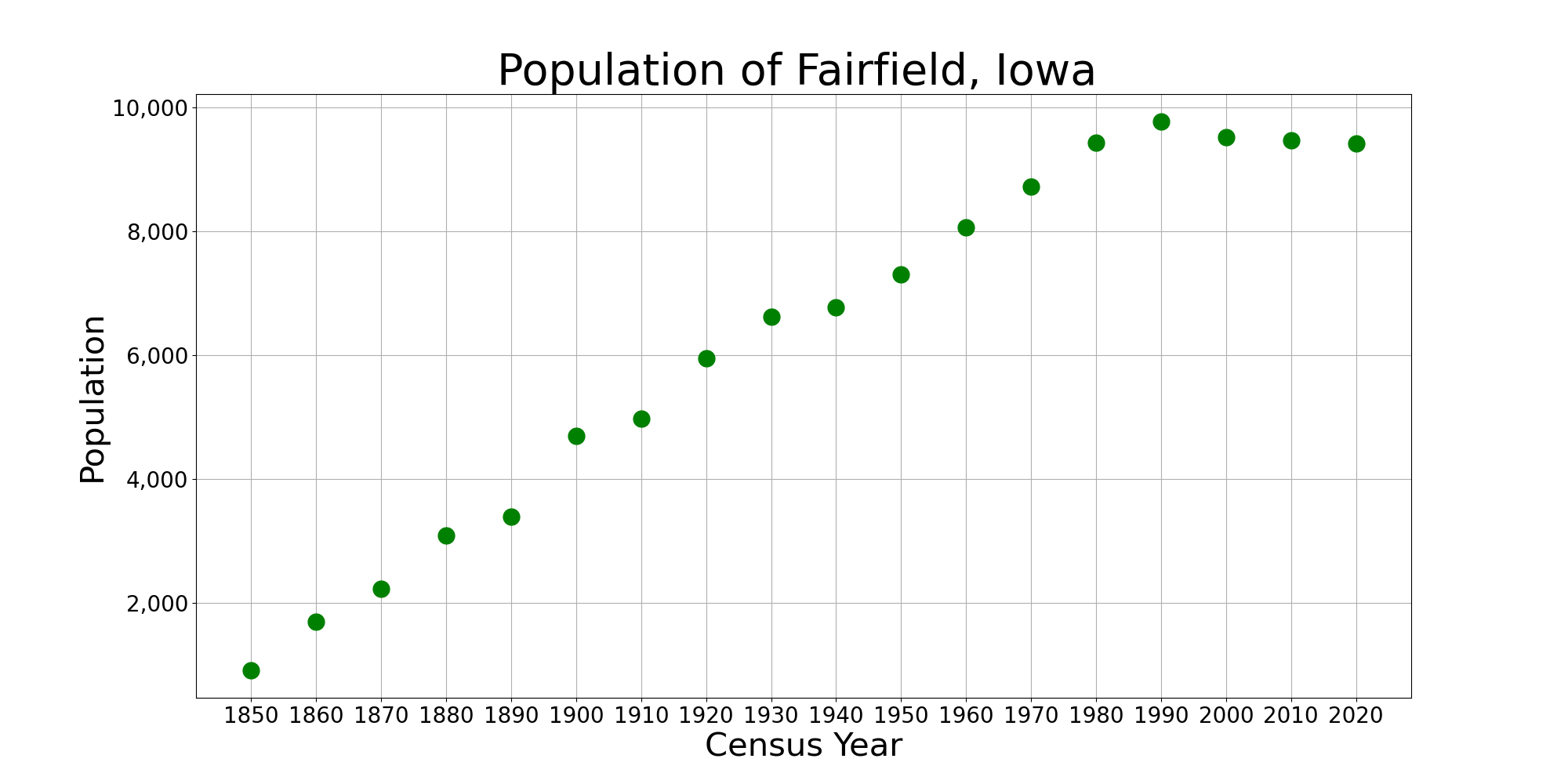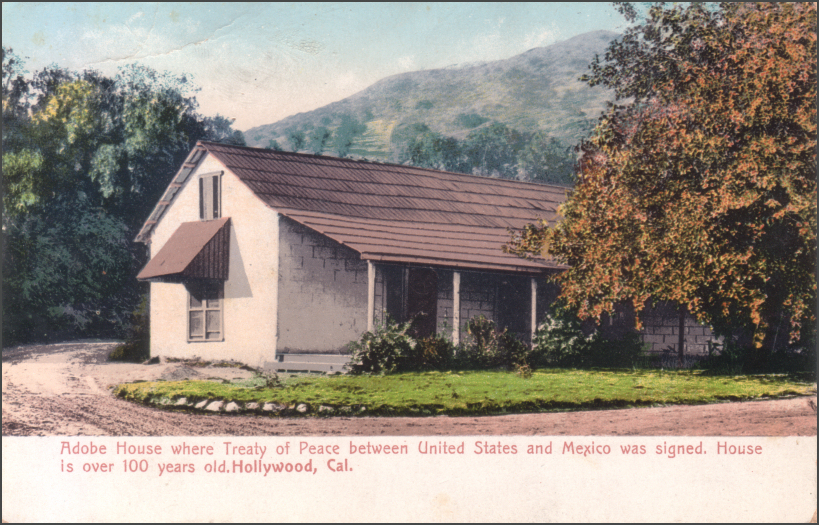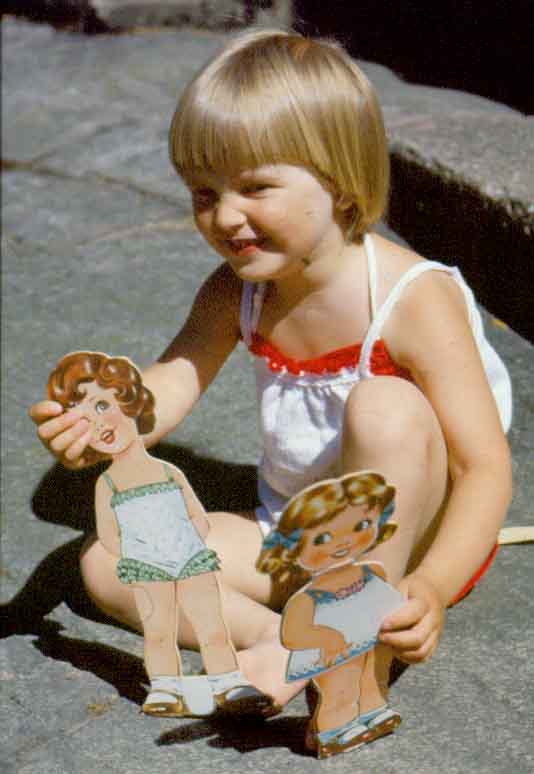|
Orpha Klinker
Orpha Mae Klinker (November 20, 1891 – May 23, 1964) was an American artist well known for her California ''plein air'' landscape paintings and etchings as well as her portraiture and early California historic sites. She was also an active illustrator and graphic designer. Klinker was recognized for her series of historical and pioneer paintings. She painted a series of portraits of notable Californians and memorialized many historic early California structures on canvas. On October 14, 1963, she was awarded a resolution by the City Council of Los Angeles, recognizing her outstanding professional skill and appreciation for the many honors she has brought to the city. The commendatory scroll praised Klinker for her role as an oil painter and mentioned many of her portrait subjects such as General John C. Frémont, Andrés Pico, José Antonio Carrillo and Dr. Joseph P. Widney. Early life and education Orpha Klinker was born in Fairfield, Iowa on November 20, 1891, the firstborn ... [...More Info...] [...Related Items...] OR: [Wikipedia] [Google] [Baidu] |
Fairfield, Iowa
Fairfield is a city in, and the county seat of, Jefferson County, Iowa. It has a population of 9,416 people, according to the 2020 census. The median family income is $46,138, with 10% of families below the poverty line. The city is typical of the American Midwest, being situated amidst rolling farmlands filled with corn, soybean, cattle, and hogs. It became the county seat in 1839 with 110 residents and grew to 650 by 1847. Its library was established in 1853, and it held its first fair in 1854. Early architecture in Fairfield includes work by George Franklin Barber and Barry Byrne, who trained under Frank Lloyd Wright. History The area now known as Jefferson County was first settled in 1836, and became Jefferson County in 1839, with the new community of Fairfield as the county seat. The name was suggested by Nancy Bonnifield, one of the settlers, because it aptly described the fair fields of the area. But also author Susan Welty suggests it was a play of words on her own na ... [...More Info...] [...Related Items...] OR: [Wikipedia] [Google] [Baidu] |
Campo De Cahuenga
The Campo de Cahuenga, () near the historic Cahuenga Pass in present-day Studio City, California, was an adobe ranch house on the Rancho Cahuenga where the Treaty of Cahuenga was signed between Lieutenant Colonel John C. Frémont and General Andrés Pico in 1847, ending hostilities in California between Mexico and the United States. The subsequent Treaty of Guadalupe Hidalgo of 1848, ceding California, parts of Colorado, Nevada, New Mexico, and Arizona (but not Texas since it had seceded from Mexico in 1836, declared itself a republic, and joined the union in 1845) to the United States, formally ended the Mexican–American War. From 1858 to 1861 the Campo de Cahuenga became a Butterfield Stage Station. History The original adobe structure was demolished in 1900. The city of Los Angeles provided funds for the purchase of the property in 1923, and a Mission Revival and Spanish Colonial Revival style replica "adobe" ranch house was built by the city following an effort led by ... [...More Info...] [...Related Items...] OR: [Wikipedia] [Google] [Baidu] |
Kewpie
Kewpie is a brand of dolls and figurines that were conceived as comic strip characters by cartoonist Rose O'Neill. The illustrated cartoons, appearing as baby cupid characters, began to gain popularity after the publication of O'Neill's comic strips in 1909, and O'Neill began to illustrate and sell paper doll versions of the Kewpies. The characters were first produced as bisque dolls in Waltershausen, Germany, beginning in 1912, and became extremely popular in the early 20th century. The Kewpie dolls were initially made out of bisque exclusively, but composition versions were introduced in the 1920s, and celluloid versions were manufactured in the following decades. In 1949, Effanbee created the first hard plastic versions of the dolls, and soft rubber and vinyl versions were produced by Cameo Co. and Jesco between the 1960s and 1990s. The earlier bisque and composition versions of Kewpie dolls are widely sought-after by antique and doll collectors, who especially want those ... [...More Info...] [...Related Items...] OR: [Wikipedia] [Google] [Baidu] |
Paper Doll
Paper dolls are figures cut out of paper or thin card, with separate clothes, also made of paper, that are usually held onto the dolls by paper folding tabs. They may be a figure of a person, animal or inanimate object. Paper dolls have been inexpensive children's toys for almost two hundred years. Today, many artists are turning paper dolls into an art form. Paper dolls have been used for advertising, appeared in magazines and newspapers, and covered a variety of subjects and time periods. Over the years, they have been used to reinforce cultural beliefs regarding the appearance of ideal women. Today, they have become highly sought-after collectibles, especially as vintage paper dolls become rarer due to the limited lifespan of paper objects. Paper dolls are still being created today. Some flat plastic figures are similar to paper dolls, like Colorforms figures and Flatsy dolls, but these are mere imitations and not considered true archetypal characteristics of the paper doll ... [...More Info...] [...Related Items...] OR: [Wikipedia] [Google] [Baidu] |
Vernon Kilns
Vernon Kilns was an American ceramic company in Vernon, California. In July 1931, Faye G. Bennison purchased the former Poxon China pottery renaming the company Vernon Kilns. Poxon China was located at 2300 East 52nd Street. Vernon produced ceramic tableware, art ware, giftware, and figurines. The company closed its doors in 1958. Vernon Kilns was one of the "Big Five" California potteries. The other "Big Five" potteries were Metlox Manufacturing Company, Pacific Clay Products, Gladding, McBean & Co., and J.A. Bauer Pottery. History After the purchase of Poxon China in 1931, Vernon Kilns under Faye Bennison's direction continued to sell and produce Poxon China's patterns, using decals for the surface patterns. Vernon/Poxon pottery is notable for its heavier weight, and features embossed and scalloped rims. Vernon continued to produce a number of original Poxon patterns until 1933 when an earthquake destroyed most of the remaining Vernon/Poxon China ware stock. As a r ... [...More Info...] [...Related Items...] OR: [Wikipedia] [Google] [Baidu] |
Nixon Presidential Library And Museum
The Richard Nixon Presidential Library and Museum is the presidential library and burial site of Richard Milhous Nixon, the 37th president of the United States (1969–1974), and his wife Pat Nixon. Located in Yorba Linda, California, on land that President Nixon's family once owned, the library is one of 13 administered by the National Archives and Records Administration (NARA). The campus is located at 18001 Yorba Linda Boulevard in Yorba Linda and incorporates the Richard Nixon Birthplace, a National Historic Landmark where Nixon was born in 1913 and spent his childhood. From its dedication on July 19, 1990, until July 11, 2007, the library and museum was operated by the private Richard Nixon Foundation and was known as the Richard Nixon Library & Birthplace. The facility underwent an extensive renovation in 2016 and now features updated, multimedia museum exhibits; the complex is jointly operated by NARA and the Richard Nixon Foundation. Background prior to dedication Hi ... [...More Info...] [...Related Items...] OR: [Wikipedia] [Google] [Baidu] |
Whittier, California
Whittier () is a city in Southern California in Los Angeles County, California, Los Angeles County, part of the Gateway Cities. The city had 87,306 residents as of the 2020 United States census, an increase of 1,975 from the 2010 United States census, 2010 census figure. Whittier was incorporated in February 1898 and became a charter city in 1955. The city is named for the Quaker poet John Greenleaf Whittier and is home to Whittier College. Etymology In the founding days of Whittier, when it was a small isolated town, Jonathan Bailey and his wife, Rebecca, were among the first residents. They followed the Quaker religious faith and practice, and held religious meetings on their porch. Other early settlers, such as Aquila Pickering, espoused the Quaker faith. As the city grew, the citizens named it after John Greenleaf Whittier, a respected Quaker poet, and deeded a lot to him. Whittier wrote a dedication poem, and is honored today with statues and a small exhibit at the Whittie ... [...More Info...] [...Related Items...] OR: [Wikipedia] [Google] [Baidu] |
Richard Nixon
Richard Milhous Nixon (January 9, 1913April 22, 1994) was the 37th president of the United States, serving from 1969 to 1974. A member of the Republican Party, he previously served as a representative and senator from California and was the 36th vice president from 1953 to 1961 under President Dwight D. Eisenhower. His five years in the White House saw reduction of U.S. involvement in the Vietnam War, détente with the Soviet Union and China, the first manned Moon landings, and the establishment of the Environmental Protection Agency and Occupational Safety and Health Administration. Nixon's second term ended early, when he became the only president to resign from office, as a result of the Watergate scandal. Nixon was born into a poor family of Quakers in a small town in Southern California. He graduated from Duke Law School in 1937, practiced law in California, then moved with his wife Pat to Washington in 1942 to work for the federal government. After active duty ... [...More Info...] [...Related Items...] OR: [Wikipedia] [Google] [Baidu] |
Hawaii Admission Act
The Admission Act, formally An Act to Provide for the Admission of the State of Hawaii into the Union () is a statute enacted by the United States Congress and signed into law by President Dwight D. Eisenhower which dissolved the Territory of Hawaii and established the State of Hawaii as the 50th state to be admitted into the Union. Statehood became effective on August 21, 1959. Hawaii remains the most recent state to join the United States. Hawaii statehood and international law Prior to 1959, Hawaii was an organized incorporated territory of the United States. The territory was established in 1900 by the Hawaiian Organic Act. In 1946, the United Nations listed Hawaii as a non-self-governing territory under the administration of the United States (Resolution 55(I) of 1946-12-14). Also listed as non-self-governing territories under the jurisdiction of the United States were Alaska Territory, American Samoa, Guam, the Panama Canal Zone, Puerto Rico, and the Virgin Islands. Stateh ... [...More Info...] [...Related Items...] OR: [Wikipedia] [Google] [Baidu] |
Alaska Statehood Act
The Alaska Statehood Act () was a statehood admission law, introduced by Delegate E.L. Bob Bartlett and signed by President Dwight D. Eisenhower on July 7, 1958, allowing Alaska to become the 49th U.S. state on January 3, 1959. The law was the result of a multiple decade effort from many Alaskans such as Bartlett, Ernest Gruening, Bill Egan, Bob Atwood and Ted Stevens. The law was first introduced by James Wickersham in 1916, shortly after the First Organic Act. However, due to a lack of interest from Alaskans, the bill was never introduced. Efforts ramped up in 1943, with Bartlett's rendition of the act being first introduced in 1947 & 1950, with the backing of President Harry Truman. However, due to opposition from powerful southern U.S. Congressmen, it took until 1958 to pass the law, with the convincing of Bob Bartlett. Gruening worked on rallying support from Alaskans, launching the Alaskan Constitutional Convention in 1956, which elected Bill Egan & Gruening as Shadow U ... [...More Info...] [...Related Items...] OR: [Wikipedia] [Google] [Baidu] |
Gordon L
Gordon may refer to: People * Gordon (given name), a masculine given name, including list of persons and fictional characters * Gordon (surname), the surname * Gordon (slave), escaped to a Union Army camp during the U.S. Civil War * Clan Gordon, aka the House of Gordon, a Scottish clan Education * Gordon State College, a public college in Barnesville, Georgia * Gordon College (Massachusetts), a Christian college in Wenham, Massachusetts * Gordon College (Pakistan), a Christian college in Rawalpindi, Pakistan * Gordon College (Philippines), a public university in Subic, Zambales * Gordon College of Education, a public college in Haifa, Israel Places Australia *Gordon, Australian Capital Territory *Gordon, New South Wales * Gordon, South Australia *Gordon, Victoria *Gordon River, Tasmania *Gordon River (Western Australia) Canada *Gordon Parish, New Brunswick *Gordon/Barrie Island, municipality in Ontario * Gordon River (Chochocouane River), a river in Quebec Scotland *Gordon ... [...More Info...] [...Related Items...] OR: [Wikipedia] [Google] [Baidu] |
Native Daughters Of The Golden West
Native Daughters of the Golden West is an American non-profit organization for women born in California. The organization focuses on the care and preservation of California history. It is the sister organization to the Native Sons of the Golden West. History Founding at Pioneer Hall The organization was founded in Pioneer Hall, a historic building located in Jackson, California. The first meeting took place on September 11, 1886, in the basement of the Hall. The meeting was called by Lilly O. Reichling. Approximately 20 women attended the first meeting. The hall is a California Historical Landmark. On September 25, 1886, the Order was organized with Reichling serving as Secretary. Tina L. Kane was the first President. They called their meeting space a "Parlor" and the founding group was named Ursula. Ursula Parlor No. 1 On March 7, 1887, charter officers were declared. Ursula No 1. had thirty-three founding members. Their first logo featured a fawn. They changed it to inclu ... [...More Info...] [...Related Items...] OR: [Wikipedia] [Google] [Baidu] |









